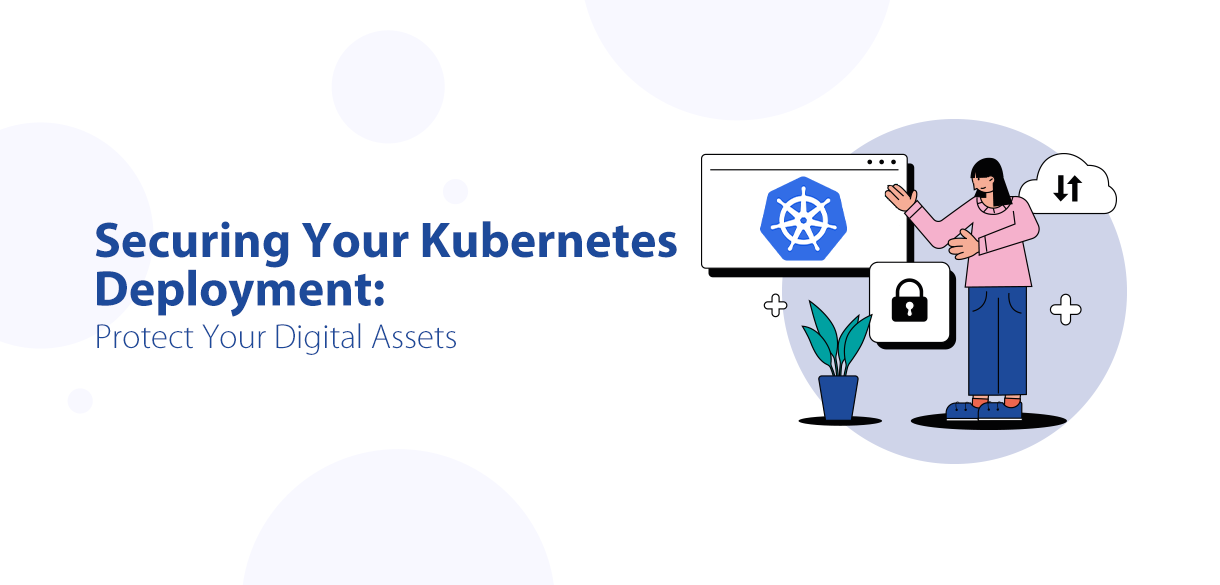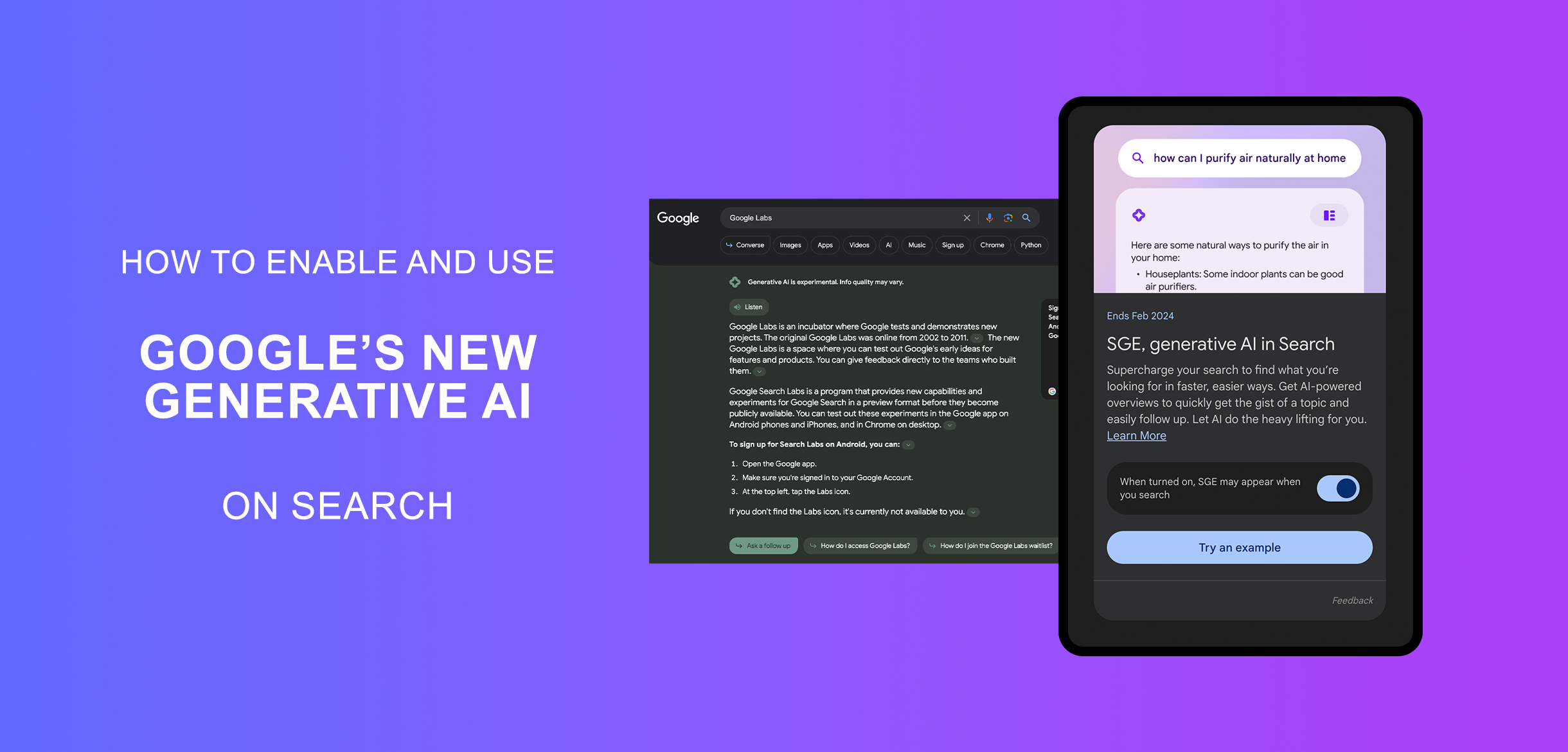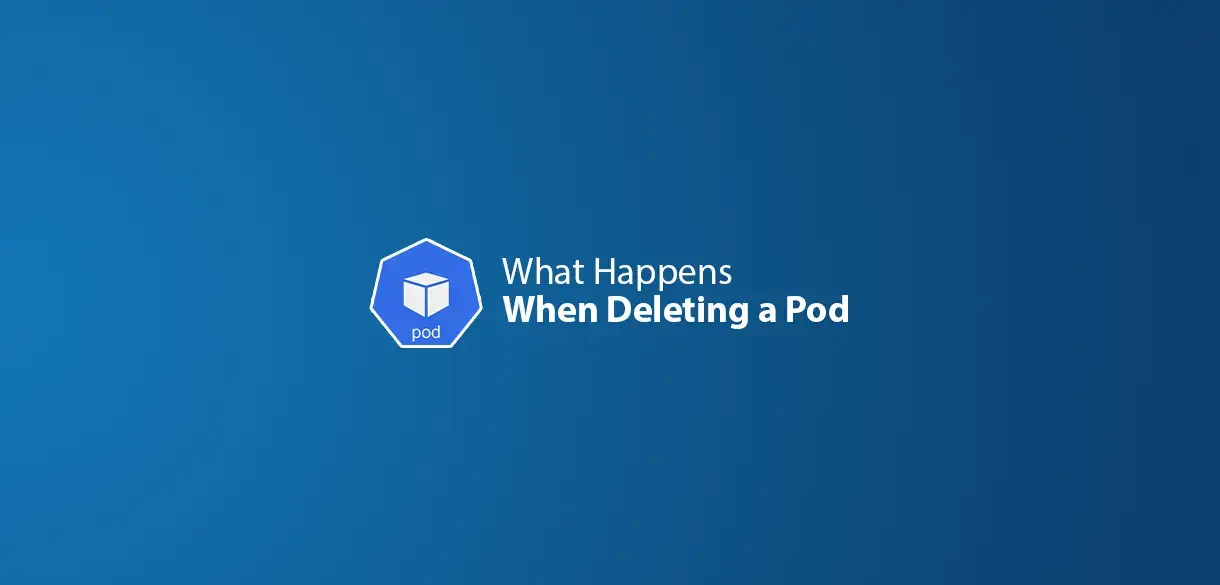API architectural styles define how applications communicate, shaping their efficiency, scalability, and maintainability. Choosing the right API architecture is crucial to ensure optimal performance and flexibility for your application.
REST (Representational State Transfer)
- Simple and easy to implement.
- Scalable due to its stateless nature.
- Supports caching for improved performance.
GraphQL
- Single endpoint for all queries.
- Efficient data retrieval with no over-fetching.
- Strongly typed schema for better predictability.
SOAP (Simple Object Access Protocol)
- High security with built-in encryption and authentication.
- Works across different transport protocols.
- Standardized for enterprise-level applications.
gRPC (Google Remote Procedure Call)
- Low latency and high performance.
- Supports multiple programming languages.
- Efficient data serialization with Protocol Buffers.
WebSockets
- Low latency with full-duplex communication.
- Reduced overhead compared to HTTP polling.
- Ideal for real-time applications.
MQTT (Message Queuing Telemetry Transport)
- Optimized for low-bandwidth and high-latency networks.
- Supports a vast number of connected devices.
- Efficient pub/sub model for seamless communication.
REST is one of the most widely used API architectures due to its simplicity and scalability. It follows a stateless client-server model, leveraging HTTP methods (GET, POST, PUT, DELETE) for communication. Resources are represented as URIs, ensuring a standardized approach to data retrieval and manipulation.
GraphQL is a flexible query language for APIs that allows clients to specify the exact data they need. Unlike REST, which requires multiple endpoints for different resources, GraphQL provides a single endpoint that can fetch all required data in one request, reducing over-fetching and under-fetching of data.
SOAP is an XML-based protocol that offers strong security features and reliability, making it ideal for enterprise-level applications. It operates independently of transport protocols, supporting HTTP, SMTP, and more. SOAP includes WS-Security for secure communication, making it a preferred choice for banking and financial systems.
gRPC is a modern, high-performance framework that uses Protocol Buffers for efficient data serialization. It supports bidirectional streaming and multiplexing, making it a great choice for microservices communication and distributed systems.
WebSockets enable real-time, bidirectional communication over a single, persistent connection. This makes it ideal for applications that require live updates, such as chat applications, online gaming, and financial trading platforms.
MQTT is a lightweight messaging protocol designed for unreliable or high-latency networks. It follows a publish-subscribe model, making it highly efficient for IoT (Internet of Things) applications where multiple devices need to exchange data with minimal bandwidth consumption.
Choosing the Right API Architecture
Each API architecture style has its strengths and trade-offs. The best choice depends on your application’s needs, whether it's high performance, security, real-time communication, or data efficiency.
API architectures are more than just communication protocols; they define the interactions and scalability of applications. Understanding these styles will help you make informed decisions to build robust and future-proof systems.



